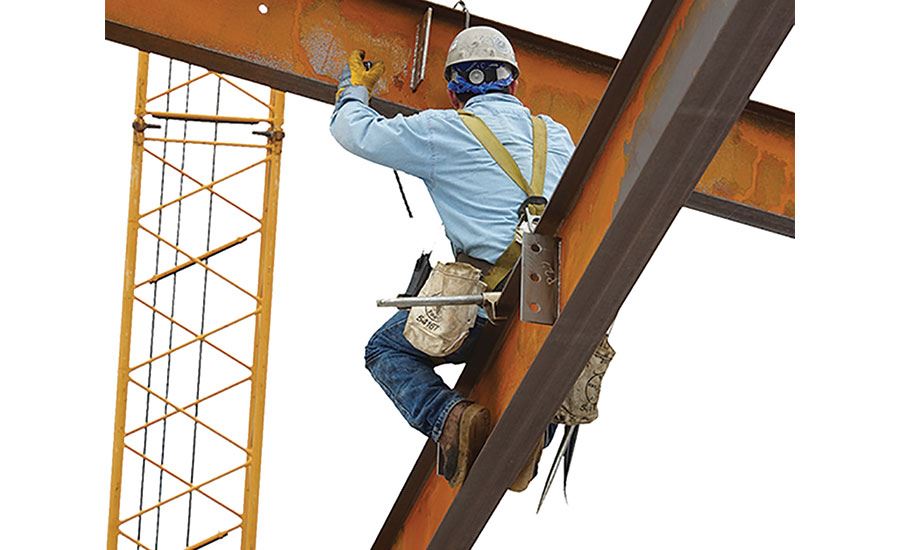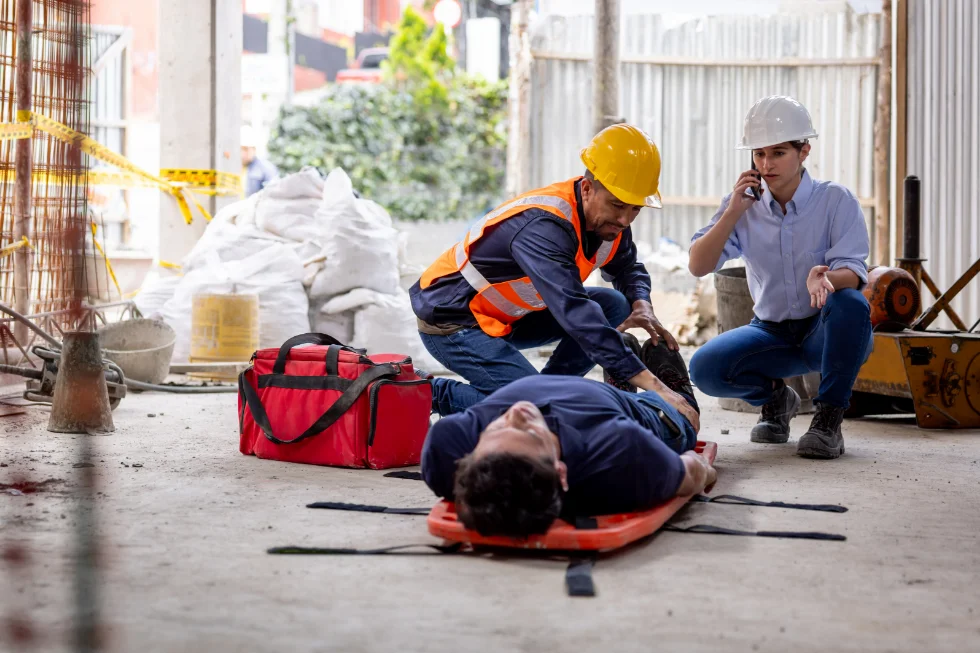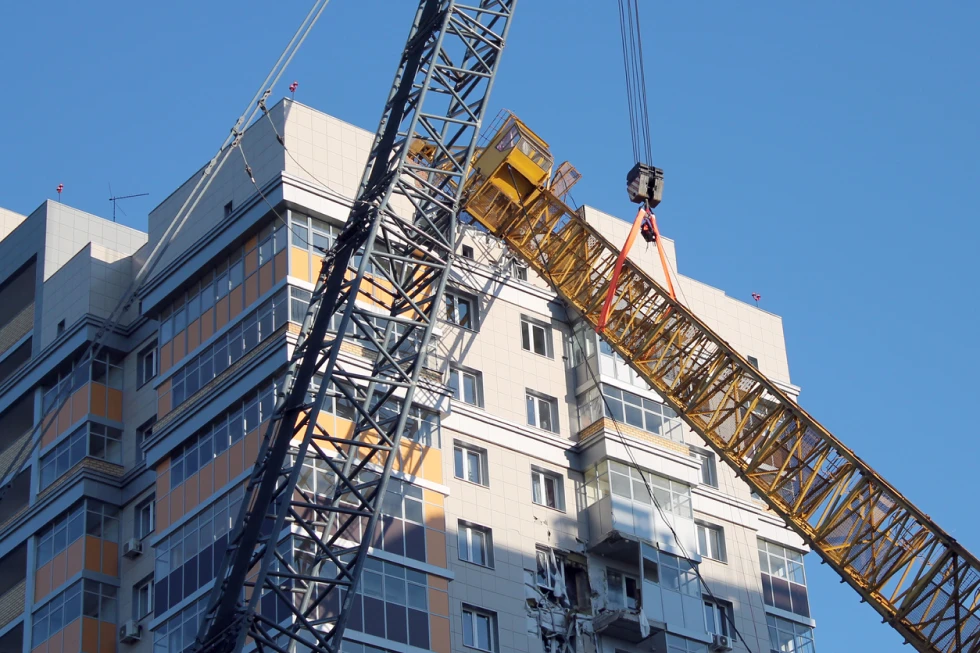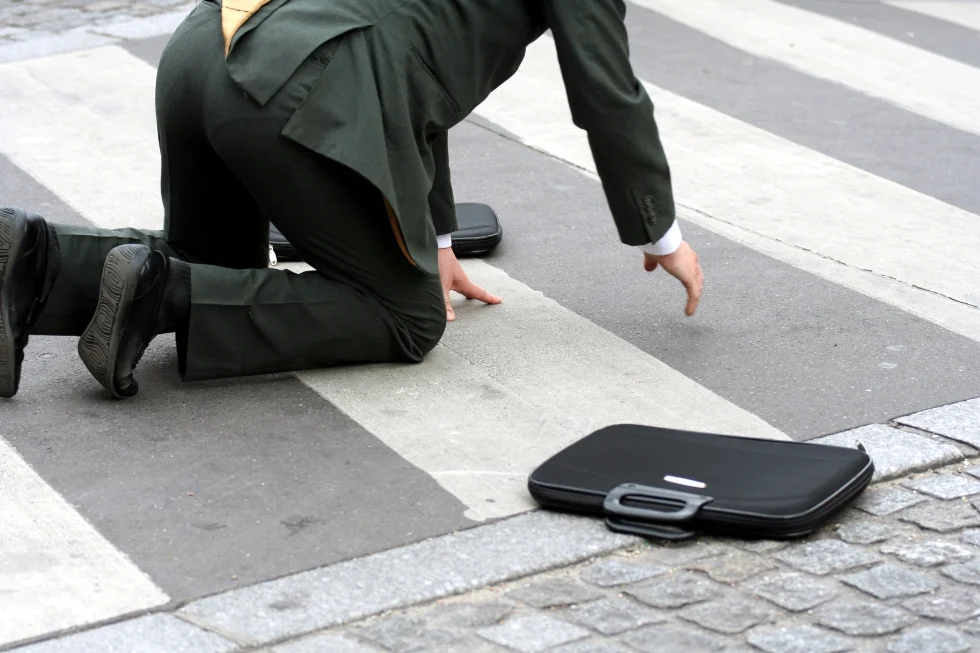Stop Construction Falls from a Height: Construction Fall Prevention and Liability Explained by Our NYC Labor Law Attorneys
Working from a height is a common risk of construction that most workers are exposed to every day on the job site. Whether it is from a ladder, scaffolding, crane, framing new floors in a building, or working while off the ground, construction workers regularly work from an elevated position. Unfortunately, our NYC Labor Law attorneys know that far too many construction workers are injured or wrongfully killed while working from a height due to preventable accidents. According to the Centers for Disease Control and Prevention (CDC), falls are the leading cause of construction-worker fatalities and account for one-third (1/3) of all on-the-job deaths in the United States. Even with strong campaigns from the Occupational Safety and Health Administration (OSHA) on how to prevent falls in construction and how to stop construction falls, four of the top ten most common OSHA citations/violations relate to heights with number one being fall protection in construction violations.
At Keith D. Silverstein & Associates, P.C., our NYC Labor Law attorneys can help injured construction workers recover compensation for pain and suffering, medical bills, lost wages, and other damages in a fall or workplace accident. Learn how we can help you and your family by dialing (866) 492-7487 to schedule a FREE consultation with our compassionate and experienced team.
How to Prevent Falls in Construction
The United States Department of Labor and OSHA have spent considerable effort in preventing fall injuries through various campaigns aimed at worker safety. Part of the “fatal four” or “focus four,” and are the top cause of all worker injuries or deaths in the United States. This is a huge problem, which the New York Legislature has long recognized and codified worker protections in the Labor Law section 240.
OSHA’s stop construction falls campaign focuses on these three important tenants:
Plan Ahead
OSHA wants all workers and employers to plan projects before they get to the job site, purchasing and preparing what they need in advance of starting the work. This includes determining how to get certain tasks done in the safest way possible and avoiding height risks when they are unnecessary. Employers should also include the costs of safety equipment with job quotes/costs to ensure they have enough money in the budget to protect workers from common fall hazards.
Provide the Right Equipment
Far too many injuries are caused when workers try to use improper equipment to complete a job. OSHA stresses the importance of providing several different types of equipment and the right equipment for the right type of job. This includes using the right type of ladder for a job and offering several different types of ladders for workers to use in the appropriate circumstance. OSHA also highlights the importance of personal fall arrest systems (PFAS) and harnesses that can help stop or soften any falls.
Train Workers to Use the Safety Equipment Correctly
Even having the best safety equipment will not stop all falls if an employer or contractor fails to explain how to properly use it. OSHA puts the onus on employers, contractors, and supervisors/foremen to properly instruct workers on how to use the various safety equipment to remain safe. This also includes monitoring workers to ensure they are using the safety devices. Supervisors should also be instructed on how to prevent falls in construction so they know what to guard against while instructing workers.
OSHA Resources to Stop Construction Falls
In addition to the training and programs, OSHA has created resource centers for employers, constructors, and workers to review manuals, slideshows, instructional videos/booklets, and other materials to help guard against falls. Some of the most important highlights for specifically preventing falls include the following:
- Use of lifts, cranes, or other devices to help workers complete tasks from an elevated height
- Guarding workers who are 6 feet or move from the lower level from a fall
- Using guard rails around open edges or unprotected, open sides
- Using personal fall arrest systems (PFAS)
- Having anchor points for falls and their ropes
- Providing proper ladders and equipment
- Ensuring there is proper scaffolding that is not damaged, weak, or failing
- Use of toeboards to protect workers from falling or being struck by falling objects
- Not excessively loading scaffolds
- Proving long enough ladders (must extend three feet above the working surface)
- Providing full body harness and not just life-lines, and
- Other common protections that are not used and should have been to prevent serious injury.
Were You Injured in an NYC Construction Accident? We Can Help Prove Liability For You and Recover the Compensation You Deserve
In addition to the common law (or judge-made law) governing negligence and personal injuries, New York also has statutory law (or legislatively-made laws) which cover construction accidents. Specifically, Labor Law section 240 governs falls from a height and holds employers or contractors strictly liable for worker injuries caused when falling from a height such as off a roof, from a ladder, improperly constructed scaffolding, or another gravity-related injury.
Therefore, if an employer, constructor, supervisor/foremen, or another individual in control of or responsible for a worksite has failed to follow OSHA’s three tenants, guard against the risks OSHA identified to stop construction falls, or has otherwise failed to prevent your fall, call our experienced NYC Labor Law attorneys at Keith D. Silverstein & Associates, P.C. for a FREE consultation by dialing (866) 492-7487 or sending us a message on our “contact us” page available here. We can help advise you and your family on what your rights may be under New York law and how you can get your medical bills, lost wages, and other damages paid for in a construction accident case





